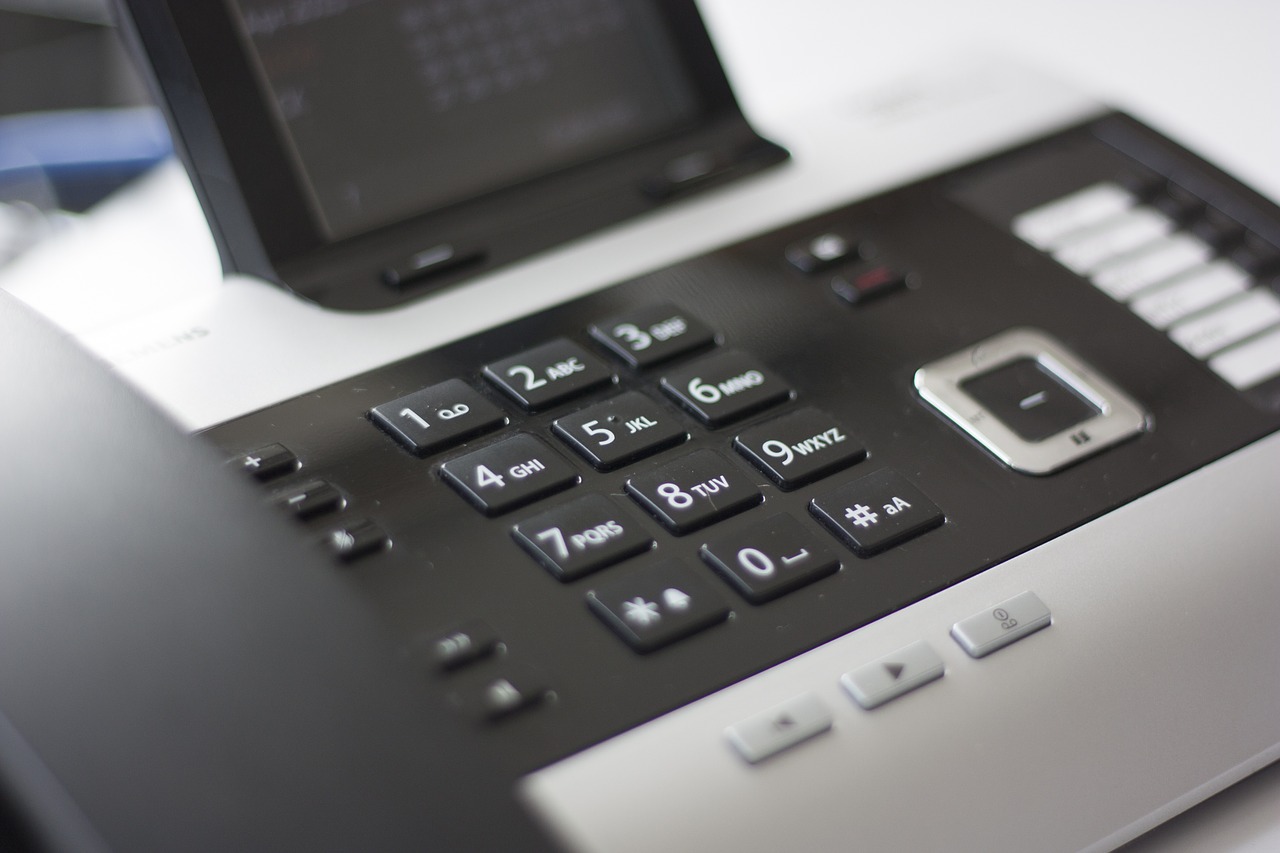There are a lot of things to consider when conducting a conference call. From the conference call provider to the agenda, to the pins and passkeys, to the necessary equipment, and more to make your conference call go as smooth as possible. There’s another thing to consider though — recording it. This might come off as unnecessary but recording calls is a useful habit to practice. If you aren’t recording every time you do a conference call, you might be missing out on certain advantages. And after the call, if you decide you need to review discussion points or pass on to someone who could not join it will be impossible unless you recorded the conference call.
Here are several reasons why you should start recording your conference calls:
It can be used for reference.
With a fast-paced, conference call there can be several topics discussed within an hour-long meeting. Some attendees might miss a crucial detail amidst the discussion, or they might get distracted by emails or other interruptions. This is where the audio recording can be used for reference. Any confusion or disagreement can be cleared and everyone can be reminded of their assigned tasks. Some audio conferencing providers offer a Record and Replay feature where you can pause and resume recording, playback by simply dialing into a toll-free number, and save your recording for permanent access.
It helps with creating the minutes of the meeting.
Taking meeting minutes while the conference call is going on can be a hard task. You will have to keep up with everybody’s suggestions and opinions, note down the decisions and the next steps, double-check the participants, so on and so forth. However, if you record the meeting, all you have to do is replay the call at a later time and jot down the highlights with no urgency or distraction, making the minutes more accurate. You can also utilize your conferencing provider’s meeting summary services.
It helps keep the non-attendees in the loop.
Recording your conference calls is also a great way to keep the people who could not attend the meeting updated. After the meeting, send out the audio recording of the call to non-attendees so that they can listen at a convenient time. With this, they can catch up and be fully-informed with the new updates, decisions, and discussion points. And if a certain task was assigned to them during the call they’ll know immediately and won’t be left in the dark.
It can be used for training and learning purposes.
This applies to companies which practice telecommuting or remote employment. Onboarding new, remote employees or trainees via conference calls is not uncommon, and recording these calls will definitely be beneficial. Employees can simply refer back to these recordings as much as necessary.
It’s necessary for transcription.
If you want a transcript of your conference call for documentation, recording it will be necessary for a transcription service or if you choose to transcribe it yourself. A transcription of your meetings is a great way to provide the hearing-impaired with the meeting notes so that they don’t miss out on important discussions. All you have to do is record the call, send the audio file to a transcription service, and let them transcribe it for you.

